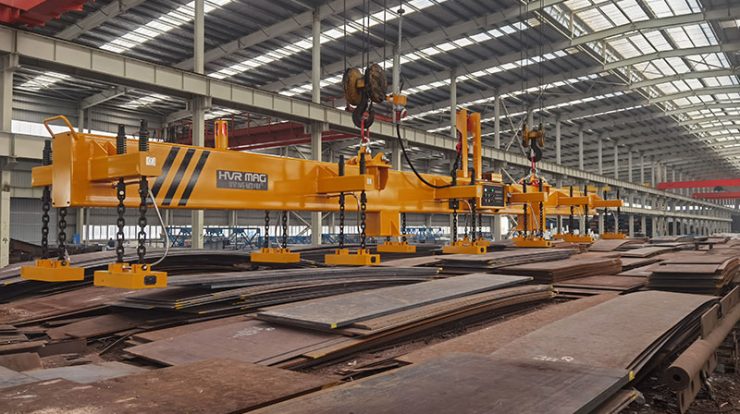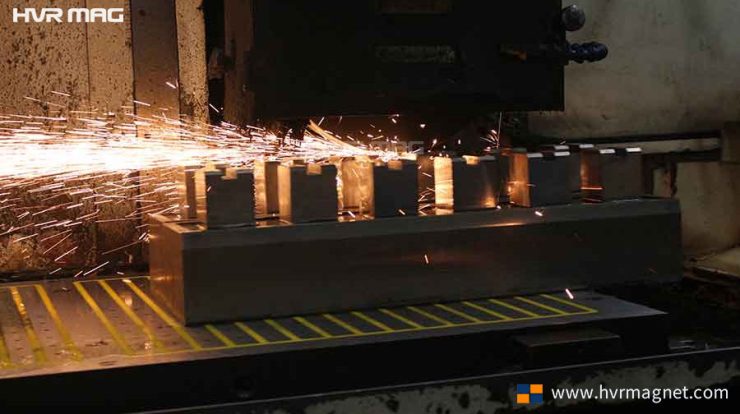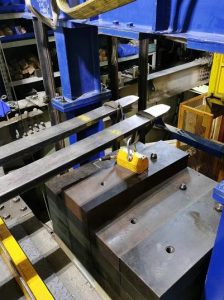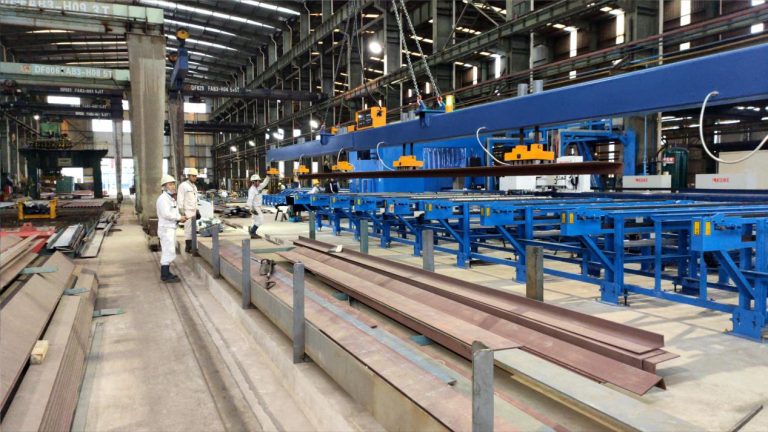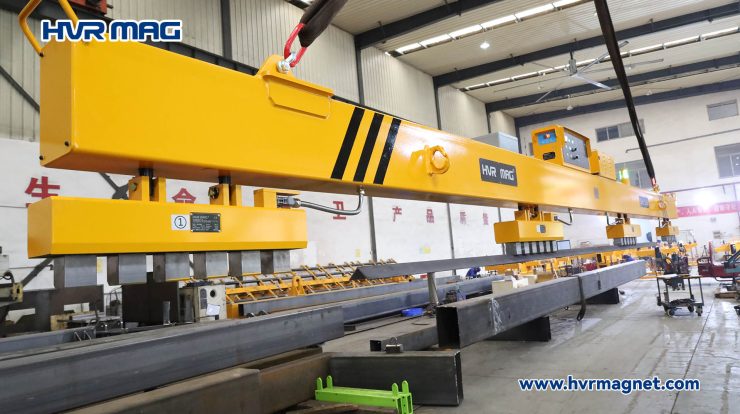What is the Difference Between Excavators and Wheel Loaders
Keywords: excavator compaction wheel, cat wheeled excavator
When it comes to using heavy machinery, you have to ensure that you’re using the proper one for the job. Using incorrect machinery can not only negatively affect your operations’ productivity, but it can also cause potential worksite accidents.
One can say that the debate on excavators vs wheel loaders has led to many industries pondering about if they’re utilizing both of these machines properly. Though the uses of the two may conflate in some aspect, the general understanding is that excavators are typically used to excavate dirt from the ground for the purpose of digging up trenches, holes, and the like. On the other hand, a wheel loader is typically used in transferring loads from one point to another. These machines are also referred to as earth movers because they move dirt around a construction site.
Continue reading to learn more about the differences between these two kinds of heavy equipment.
What is an excavator?

As mentioned before, the primary purpose of an excavator is to dig up large amounts of dirt from the ground. They’re mainly utilized for demolition, excavation, dredging, and trenching operations.
These machines are typically composed of a dipper, boom digging bucket, and chassis. Because excavators have to deal with large amounts of soil, they tend to be powered by a hydraulic system which enables the arm and the bucket to work together to forcefully bring soil in.
Excavators may come in larger dimensions compared to wheel loaders, which usually comes in the small, or compact variant.
Types of excavators
You might think that the only use of excavators is for efficiently digging up dirt for large-scale construction, industrial, or mining projects. While this understanding is not entirely wrong, one cannot deny that each industry sees to it that their excavators are specially manufactured and designed for their operations.
Excavation projects which focus only on the digging up trenches on the ground need not make use of larger machines, like dragline excavators. In much the same way, a dragline excavator would be highly underutilized if their purpose is only to dig up small amounts of dirt.
There exist different kinds of excavators in the market. For the sake of practicality and brevity, however, this portion will highlight only three types of excavators to better illustrate the distinction in their uses. These are: dragline, crawler, and suction excavator.
Dragline
Dragline excavators are most commonly used in civil engineering undertakings, as well as, surface mining. You could say that a dragline is one of the largest kinds of heavy equipment ever developed.
Basing on the name alone, the machine comprises a drag rope, large bucket, boom, driving motors, and a hoist rope. Aside from mining projects, draglines can also be used in the development of ports and harbors.
Crawler
Some of the primary uses of crawlers are for digging holes and trenches on the ground. Crawler excavators are generally considered to be smaller in size compared to the dragline excavator, but with specialized attachments, it can be considered as heavy machinery.
Aside from the construction industry, crawlers can also perform mining functions. It has also been utilized in agricultural and forestry operations.
Suction
Unlike the previous types of excavators, a suction excavation makes the use of a vacuum that can be used efficiently and safely excavating materials deep below the surface of the ground, without creating damage to the surrounding area.
Through a high-power and high-pressure airflow system, materials are swiftly gathered up through the attached nozzle.
What is a wheel loader?

Unlike excavators that have primary functions relating to exhuming large masses of ground from the dirt, wheel loaders are more concerned with regards to the transporting or large masses of dirt, or loose materials from one place to another.
Since wheel loaders are smaller and can be said to be more straightforward in function as opposed to the excavator, wheel loaders may come in different types namely medium, small, and compact.
Medium
The versatility of medium-sized wheel loaders enables them to be used in many different kinds of jobs and functions. They can be used from transportation, or digging projects which might be lower in scale compared to excavators.
Medium excavators can weigh anywhere between 1,800kg and 20,000 kg with an attached bucket whose dimensions are tailored for specific functions.
Small
Small wheel loaders are perfect for smaller-scale worksites. While its functions are not entirely different from the medium wheel loader, these types of machines may weigh anywhere between 1,200kg and 1,600kg which is significantly lighter compared to medium-sized wheel loaders.
Compact
Finally, compact wheel loaders are generally larger than small wheel loaders, but can also sometimes exceed the weight of that of medium-sized loaders.
Compact wheel loaders are still preferable for small worksites. Depending on the other types of installations you would want to add for your compact loaders, the typical bucket capacity of a compact loader can be determined by its default one-meter size.
Key Takeaway
The excavator vs wheel loader debate may make people confused about their primary functions, but as what has been stipulated above, excavators are most often used in excavating large masses of dirt. Unlike the excavator, which comes in different types depending on the function, a wheel loader is defined by the bucket capacity, as well as, the carrying capacity.
The guide above has hopefully equipped you with adequate knowledge of the distinctions between these two kinds of heavy equipment.

